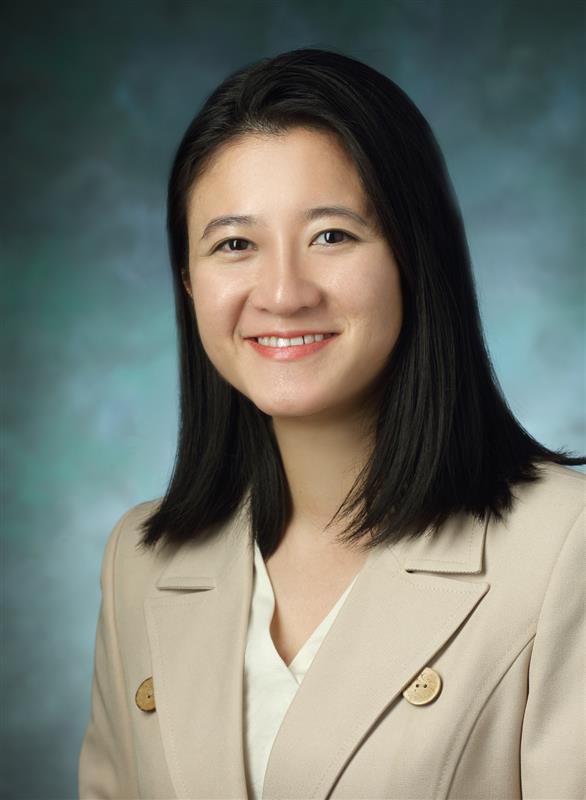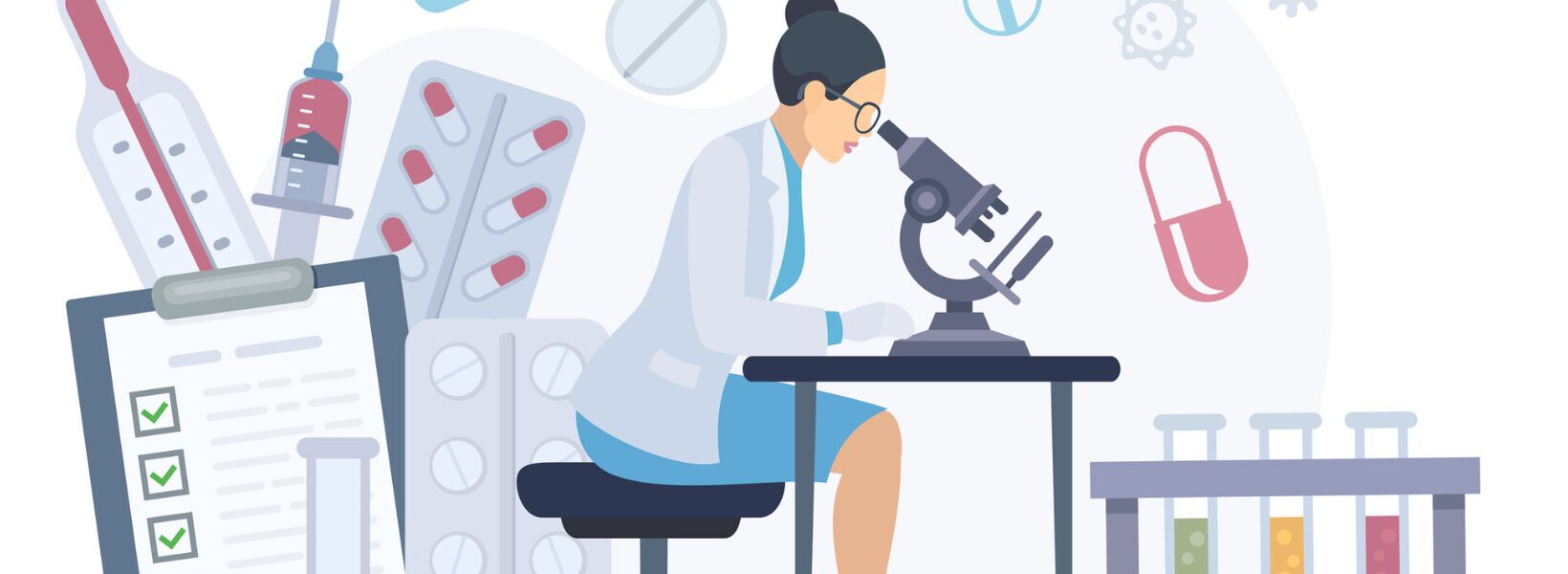When people think about a pharmacist’s job, the first image that usually pops into their heads is their local pharmacist behind the counter, eyes darting between the computer screen and prescription in hand, swiftly scanning prescription labels and juggling a constant stream of phone calls. With that typical first impression, pharmacy is often seen as a profession suited for people who are highly organized, detail-oriented, and have a great memory. While these skills are certainly defining characteristics, there are many other less obvious traits that are highly important in shaping a pharmacist. In niche areas such as investigational drug services (IDS), creative thinking and problem-solving skills are just as critical as precision and structure.
My exposure to IDS during pharmacy didactic curriculum was very limited. I first learned about IDS through a group project in my third year; I was amazed by how much creativity and problem-solving were required to play a role in this field. It wasn’t just about following protocols or policies but about adapting to unexpected challenges, troubleshooting unique situations, and finding solutions where no clear guidelines existed. It felt exciting and novel, and I kept asking myself, “Wait, a pharmacist could do that?” I have always been curious about how things work and whether there is any way to improve them. To me, IDS quickly became the symbol of innovation and exploration in pharmacy. My curiosity about IDS grew so much that I decided to dive a little deeper into it. Well, maybe a little deeper didn’t quite cover it! I requested two IDS rotations during my post-graduate year 1 (PGY-1) training, followed by a PGY-2 pharmacy residency specializing in IDS. Now, halfway through my PGY-2, I have gained hands-on experience with a wide range of IDS responsibilities, from setting up clinical trials, compounding investigational products (IPs), preparing for audits, to tackling unexpected challenges. Each day reinforces my passion for this field.
I often hear people day, “IDS is a different world, and they do their own thing”. I would say that’s not entirely wrong; however, IDS teams approach these tasks differently due to the unique nature of IPs and the specialized patient populations involved in clinical trials.
I often hear people day, “IDS is a different world, and they do their own thing”. I would say that’s not entirely wrong; at its core, IDS staff still focus on ensuring patient safety, compliance with regulations like USP, and applying clinical knowledge to assess medication orders and patient conditions. However, IDS teams approach these tasks differently due to the unique nature of IPs and the specialized patient populations involved in clinical trials. For example, standard drug references like Lexicomp or Micromedex don’t always provide information on investigational drugs. IDS staff need to dive into study documents such as the protocol, pharmacy manual, and investigators brochure. These resources are often complex and less comprehensive than typical drug databases, requiring a high level of interpretation and brainstorming. Without a clear pathway to trigger a drug interaction check on an IP in the electronic medical record (EMR) systems, creative solutions to alert practitioners of these potentials may include adding customized alerts, incorporating drug interaction notes into select fields, or even building pop-up reminders to guide prescribers. Another aspect that requires significant effort from IDS is IP preparation.
In a study on the effects of preoperative gabapentin on opioid consumption, patients were either given a placebo or banana-flavored gabapentin liquid. Yes, banana-flavored liquid, specifically! I believe it was due to a shortage. To match the viscosity and smell of the active drug, the IDS team developed a custom placebo formulation, carefully measuring and adjusting ingredients until they achieved the right consistency, which reminded me of cooking. In another case, a nicotine inhaler study required a placebo that mimicked the tingling sensation of nicotine inhalation. The solution? A capsaicin-based placebo inhaler. To ensure it closely replicated the effect, the IDS team (safely) tested different concentrations until they found the right “dose”. More recently, I worked on a study that involved compounding high-risk sterile products from non-sterile materials. This added another layer of complexity, as our institution did not have any SOPs for this type of compounding. Initially, on the day of administration the active ingredient was weighed and packed into a single use vial before going into the cleanroom. This process further complicated the preparation steps, adding an additional 10-15 minutes per dose. Later, we were able to shift this process to a third-party company, which pre-packaged the materials into single-dose vials with longer shelf life. This adjustment significantly simplified not only the preparation but inventory management of this high-turnover study.
These experiences offer just a small glimpse into IDS, but I hope they have given you a better understanding of the role of IDS pharmacy and pharmacists. Today, pharmacists are expanding their roles beyond verifying treatment and counseling; they are also working in regulatory affairs and clinical trials. The research side of pharmacy gives me the balance between using my medication expertise and having the freedom to think outside the box. It’s a field that challenges me, excites me, and constantly pushes me to learn. If there’s another important thing I have learned, it is that a career in pharmacy is not just about following a set path, it is about finding the area that aligns with your goals and allows you to grow. You never know what you might stumble upon; it might surprise you in the best way, just like it did for me.
About the Author
Mi Phan, PharmD
PGY-2 Resident, Yale New Haven Hospital
Mi is originally from Vietnam and holds a Bachelor of Science in Chemistry from Central Connecticut State University, as well as a Doctor of Pharmacy degree from the University of Connecticut. She completed her PGY-1 pharmacy residency at Johns Hopkins Bayview Medical Center and is currently pursuing a PGY-2 residency in Investigational Drug Services at Yale New Haven Hospital. Mi’s professional interests include optimizing workflows and enhancing pharmacy services in clinical trials and regulatory affairs. Outside of pharmacy, she enjoys hiking, crafting, and nurturing her love for coffee and flowers.


